Too Fast for Love by Mötley Crüe
Buy Too Fast for Love Perhaps more than any other band, Mötley Crüe epitomized the “hair band” phenomena of the 1980s, with their updated version of 1970s glam. But they did have a […]
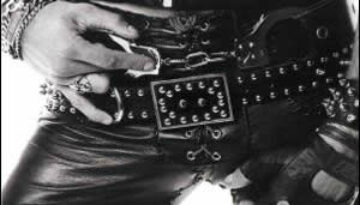
Buy Too Fast for Love Perhaps more than any other band, Mötley Crüe epitomized the “hair band” phenomena of the 1980s, with their updated version of 1970s glam. But they did have a […]
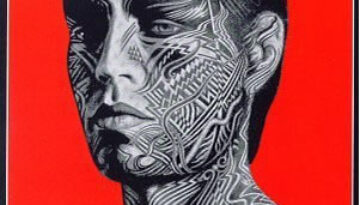
Buy Tattoo You Part of the fun of reviewing all these great albums is discovering that some of your own long held preconceptions are, in fact, false. Approaching this album, Tattoo You by […]
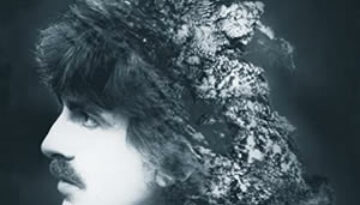
Buy Somewhere in England Somewhere in England was an arduous and frustrating album to produce for George Harrison, taking more than a year to release. The album was critically panned as the material […]
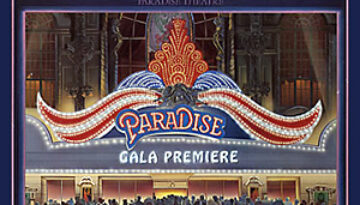
Buy Paradise Theatre At a time when the “concept album” had all but gone out of fashion, Styx released Paradise Theatre, an album that loosely couples a fairly interesting concept with some strategically […]
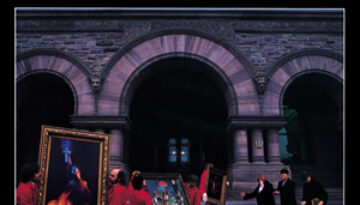
Buy Moving Pictures Since the arrival of drummer Neil Peart in the summer of 1974, Rush had produced six consecutive quality albums rock albums, up to and including Permanent Waves in 1980. Then […]

Buy Long Distance Voyager The Moody Blues scored some latter career commercial success with the chart-topping album Long Distance Voyager in 1981. While this was the ninth studio album by the group, it […]
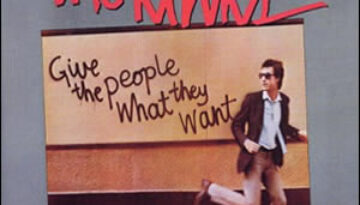
Buy Give the People What They Want Although Give the People What They Want was the 18th full-length album by The Kinks and was released nearly two decades after their actual debut, it […]
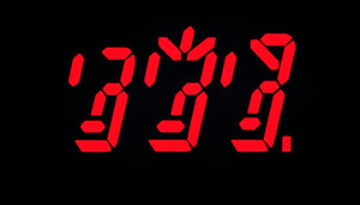
Buy Ghost In the Machine Ghost in the Machine is the fourth album by The Police and the first to actually use an English title, albeit the title was borrowed from the Albert […]
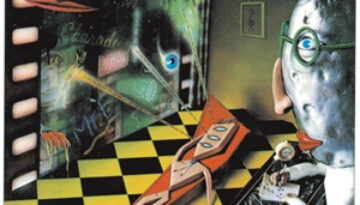
Buy Freeze Frame Freeze Frame is a confluence album, where a hard-working band with vast longevity in the bag reaches their heights towards the sunset of their career. It is a work that […]
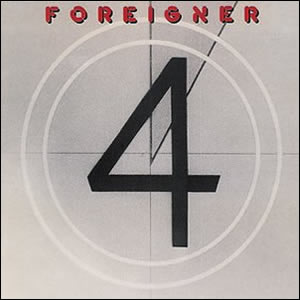
Buy Foreigner 4 Foreigner 4 was a platinum-selling commercial blockbuster for the group Foreigner in 1981. It spawned several highly successful singles and began the group’s transition from a hard rock band to […]